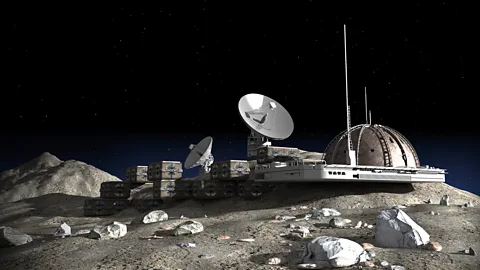Lunar Nuclear Power Plant
China and Russia are collaborating on an ambitious project to establish a nuclear power plant on the Moon. This initiative aims to support the International Lunar Research Station (ILRS), a joint lunar research base. The ILRS is designed to enhance lunar exploration and facilitate long-term human presence on the Moon.
Recent Developments
The ILRS project was announced in June 2021. It has evolved since then. China plans to have astronauts on the Moon by 2030. The Chang’e-8 mission in 2028 will lay the groundwork for a permanent lunar base. The first phase of the ILRS, located near the lunar south pole, is expected to be completed by 2035. The second phase, which will expand the base into a larger network, is slated for 2050.
Power Supply Considerations
Power supply is crucial for the ILRS. China and Russia are exploring various energy sources. Solar energy, radioisotope generators, and nuclear power are all potential options. Russia’s expertise in nuclear technology gives it a competitive edge. Plans include building a nuclear reactor on the Moon’s surface by 2035. This reactor will ensure a reliable energy source for the research station.
Communication Infrastructure
The ILRS will also focus on developing robust communication networks. High-speed communication systems will be established on the Moon. These networks will facilitate data transfer between the Moon and Earth. Efficient communication is essential for coordinating research efforts and future missions.
Comparison with NASA’s Artemis Programme
China’s lunar ambitions coincide with NASA’s Artemis programme. While both initiatives target lunar exploration, their approaches differ. NASA focuses on a more advanced programme, while China and Russia are pursuing a collaborative model with international partners.
Future Prospects
The ILRS is expected to support future missions to Mars. The extended lunar base network will be very important for interplanetary exploration. China’s “555 Project” aims to involve 50 countries, 500 international research institutions and 5,000 researchers, enhancing global participation in lunar research.
Month: Current Affairs - April, 2025
Category: GS-III-Science & Technology






